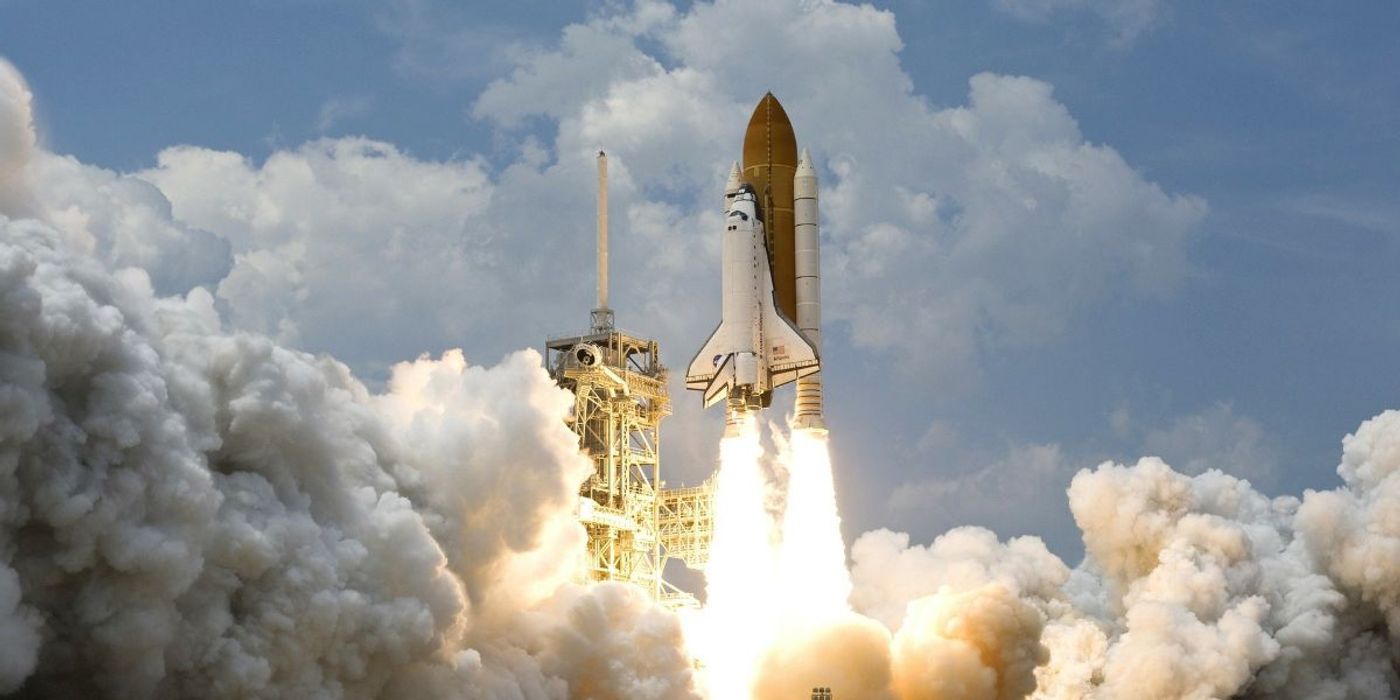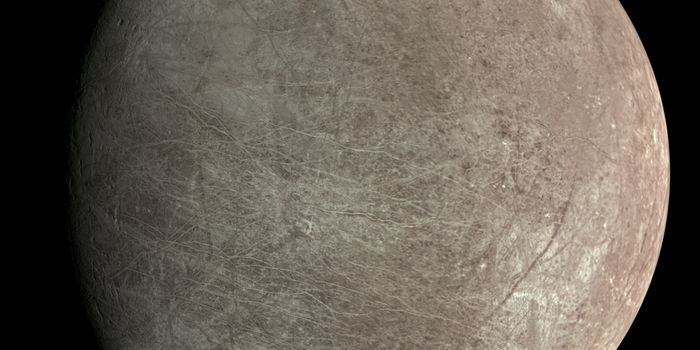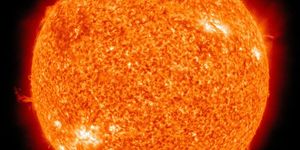China to Obtain First Lunar Samples Since 1976
On November 23, 2020, China launched its unmanned Chang'e-5 spacecraft on a mission to the Moon to bring fresh lunar samples back to Earth for the first time since 1976.
Its most ambitious space mission yet, the 8.2 tonne-spacecraft launched via a Long March 5 rocket from Wenchang Satellite Launch Center, on the coast of Hainan in China. After release from the rocket, Chang'e-5 will make its way over four days to the Moon propelled by its own thrusters.
Upon reaching the Moon's orbit, it will split into a descender and an orbiter. While the orbiter will remain in the Moon's orbit, the descender will go on to release a lander near a volcanic mound known as Mons Rümker in the northwest region of the visible lunar side. Once there, it will drill 1.8 meters into the lunar surface, scoop samples, and store them in a capsule. Due to the harsh cold night-time conditions on the Moon, the lander will need to collect all 1.8 kg of samples within one lunar day (14 Earth days) to avoid damage to its electronics.
Once collected, the lander will then transfer its samples to its accompanying ascender vehicle that will then blast away from the lunar surface and into the Moon's orbit. There, it will reconnect with the orbiter and transfer over the samples to its return capsule. At this point, the orbiter will remain in orbit for around six days before beginning its journey back to Earth, where it is expected to land by parachute into Inner Mongolia in the middle of December.
While moon rock samples have previously been obtained by the US and Soviet Union, this will be the first time rock samples are collected from this part of the Moon. While previous moon rock samples suggested that the Moon had active volcanoes around 3 billion years ago, scientists estimate that the Mons Rümker plain may have hosted active volcanoes 1.2 billion years ago. If this turns out to be the case, researchers will 'rewrite the history of the Moon' according to Xiao Long, a planetary geologist at the China University of Geosciences in Wuhan.
Sources: Nature, Science Alert, National Geographic









